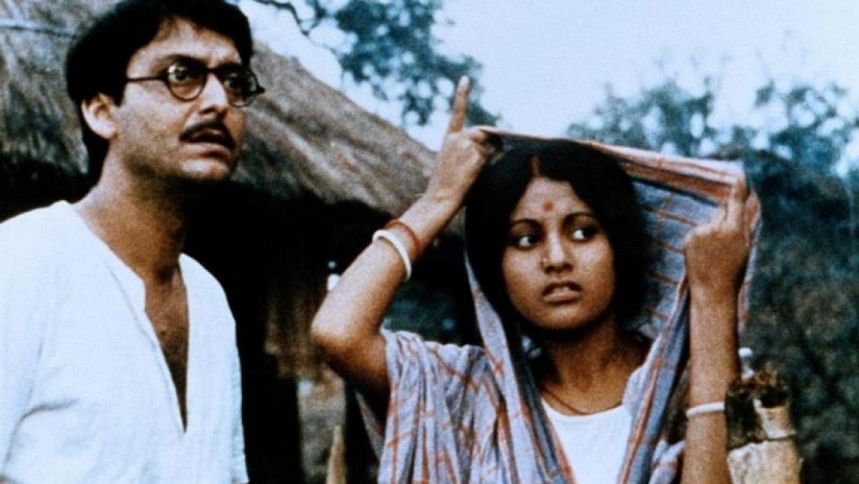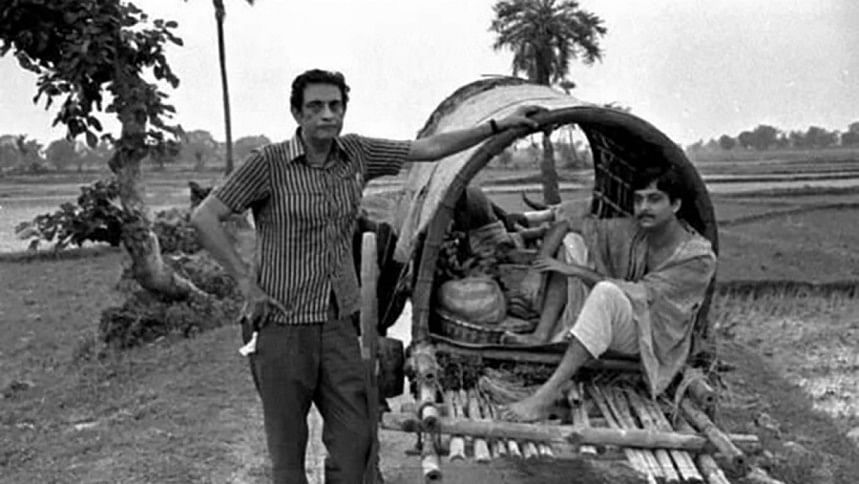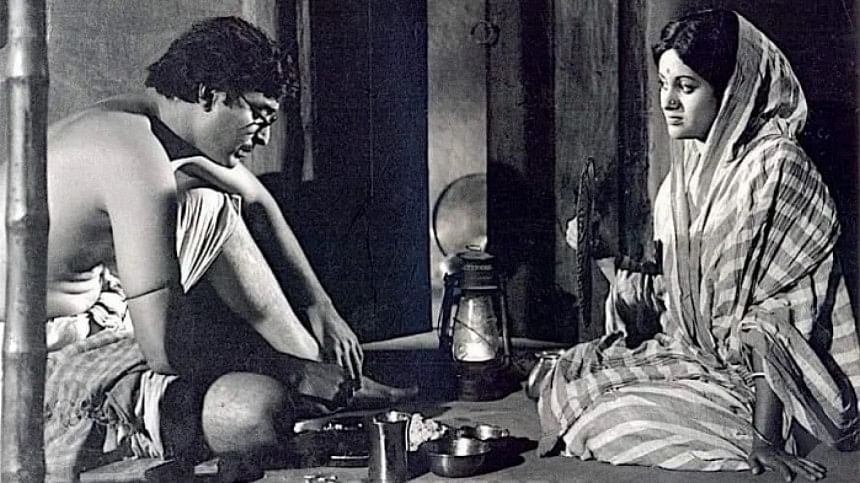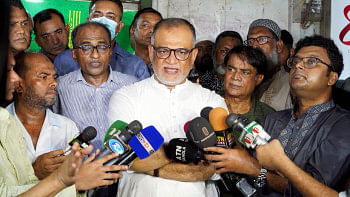50 years of Satyajit Ray’s ‘Ashani Sanket’: An enduring masterpiece

Half a century has passed since the release of the critically acclaimed Bengali film "Ashani Sanket" (Distant Thunder), directed by the legendary Satyajit Ray. This landmark film, released in 1973, continues to captivate audiences with its timeless exploration of the human condition, transcending its historical context to resonate with modern-day socio-economic challenges.
The tragic tale of "Ashani Sanket" is set in the backdrop of the heart-wrenching man-made Bengal Famine of 1943, which claimed the lives of more than five million men, women and children.

Satyajit Ray adapted the storyline of the film from the novel of the same name penned by Bibhutibhushan Bandopadhyay. A stellar cast, including luminaries like Soumitra Chatterjee, Farida Akhtar Babita, and Sandhya Mukherjee, brought their talents to the screen, adding depth to the film's narrative.

Beyond the historical significance, the film's examination of human suffering, resilience, and societal upheaval makes "Ashani Sanket" an enduring piece of art that resonates across generations.
As we celebrate its 50th anniversary in the cinema industry, it's an opportune moment to delve into the film's enduring impact and timeless relevance to our current social system.
Timeless social relevance
The film transports viewers to the tumultuous era of World War II. During this time, the British government acquired all available rice from the market to allocate rations for their troops engaged in the war effort. This decision triggered a catastrophic shortage of rice in the market, giving rise to the devastating Bengal Famine.
This grim historical event serves as the heart of the narrative for Ray's masterful storytelling, which encapsulates the intricate interplay between individual lives and larger socio-political circumstances.
The scarcity of rice in the market leads to profound consequences such as eroding self-esteem, widespread criminal activities, assault, murder, prostitution, and a crumbling social order. These symbolic outcomes are depicted through metaphors, montages, and dialogues throughout the film.
Initiating the chain of consequences triggered by the rice price surge, the character Dinabandhu Bhattacharjee comes into focus. As the movie unfolds, we witness Dinabandhu's poignant act of seeking the male protagonist, Gangacharan, for a meagre portion of rice as Gangacharan makes his way home.

While Gangacharan obliges on this occasion, the narrative later reveals a recurring theme. Dinabandhu visits Gangacharan repeatedly begging for more rice. The ending scene of the film magnifies this phenomenon, where Dinabandhu, accompanied by his entire family, reaches Gangacharan's doorstep. This progression paints a vivid picture of parasitic dependence, symbolising how a crisis is capable of shattering an individual's self-esteem, leading to such desperate actions.
In another sequence, we witness the breakdown of casteism, which served as the foundation of the social structure at that time. Amidst the peak scarcity of rice, Gangacharan, despite his status as an educated Brahmin, decides to approach Nibaran Ghosh, a member of a lower caste, to get some rice. Despite the potential clash with his own pride, Gangacharan chooses survival over everything.
In these sequences, the film masterfully encapsulates the erosion of human dignity amidst dire circumstances, illustrating the profound psychological impact of hunger and scarcity. A similar parallel can be drawn to the present socio-economic situation of our country. The spiraling price hike of daily essentials have led people of the middle-class segment to chase after TCB trucks for essential rations.
Both scenarios underscore the precarious nature of social hierarchies when confronted with extreme circumstances, suggesting a parallel between cinematic storytelling and real-world struggles.
The film's haunting portrayal of human suffering, resilience, and the societal response to crises remains pertinent in our country still grappling with issues of hunger, poverty, and unequal distribution of resources.
Narrative depth and characterisation

The film's characters are etched with remarkable depth, each representing a different facet of the society struggling through the famine. The protagonist Gangacharan, a Brahmin priest, personifies the changing values and dilemmas faced by individuals amidst adversity. Ray's delicate handling of Gangacharan's inner conflict as he witnesses the pain around him lends the narrative a universal appeal. This nuanced characterisation adds to the film's lasting impact, as audiences continue to find connections with the complex emotions depicted.
Political allegory
Beyond its historical context, "Ashani Sanket" serves as a political allegory. Ray's portrayal of the indifference and exploitation by those in power mirrors contemporary issues of political corruption and apathy towards marginalised communities. This allegorical dimension ensures that the film remains an incisive commentary on power dynamics, social injustice, and the importance of raising one's voice against oppression.
In essence, "Ashani Sanket" skillfully weaves a narrative that not only chronicles the historical context of the Bengal Famine but also delves into the intricate web of societal consequences triggered by the scarcity of a basic necessity. Satyajit Ray's directorial finesse and his ability to extract nuanced performances from the cast elevate the film into a compelling exploration of human resilience and the profound impact of larger socio-political events on individual lives.

 For all latest news, follow The Daily Star's Google News channel.
For all latest news, follow The Daily Star's Google News channel. 










Comments